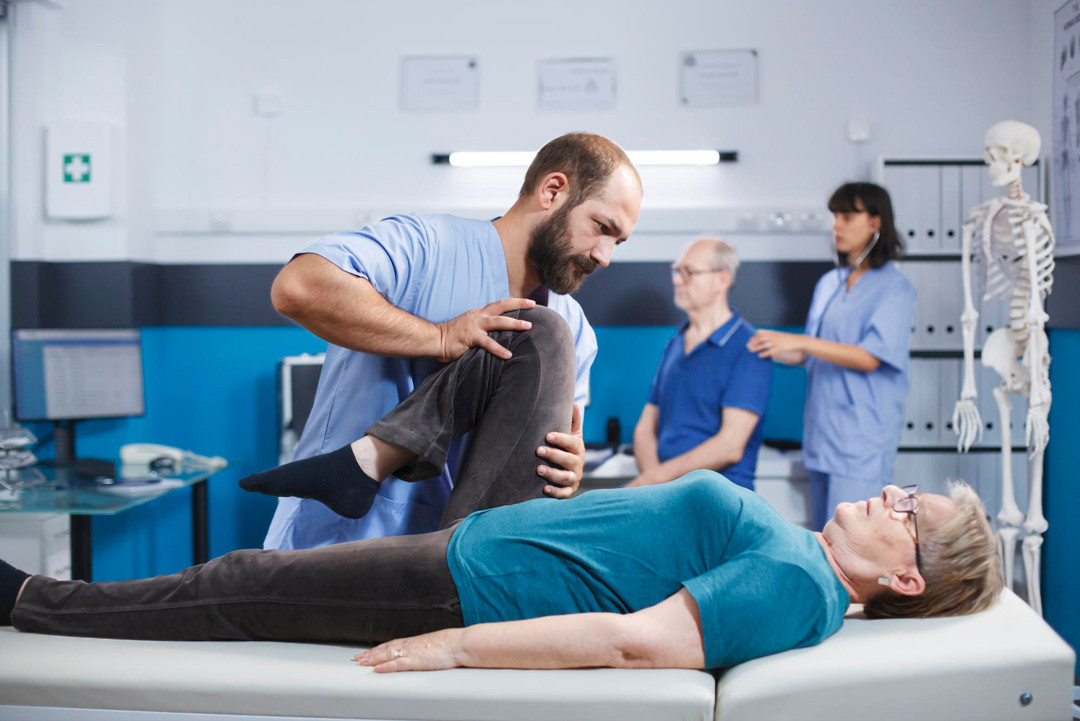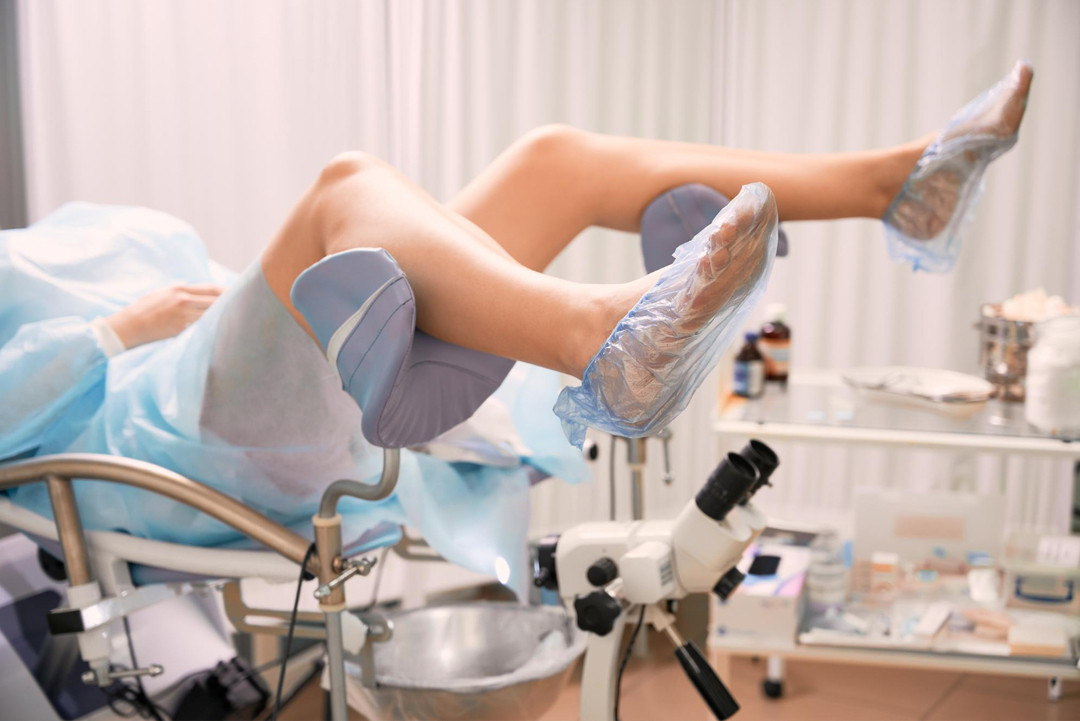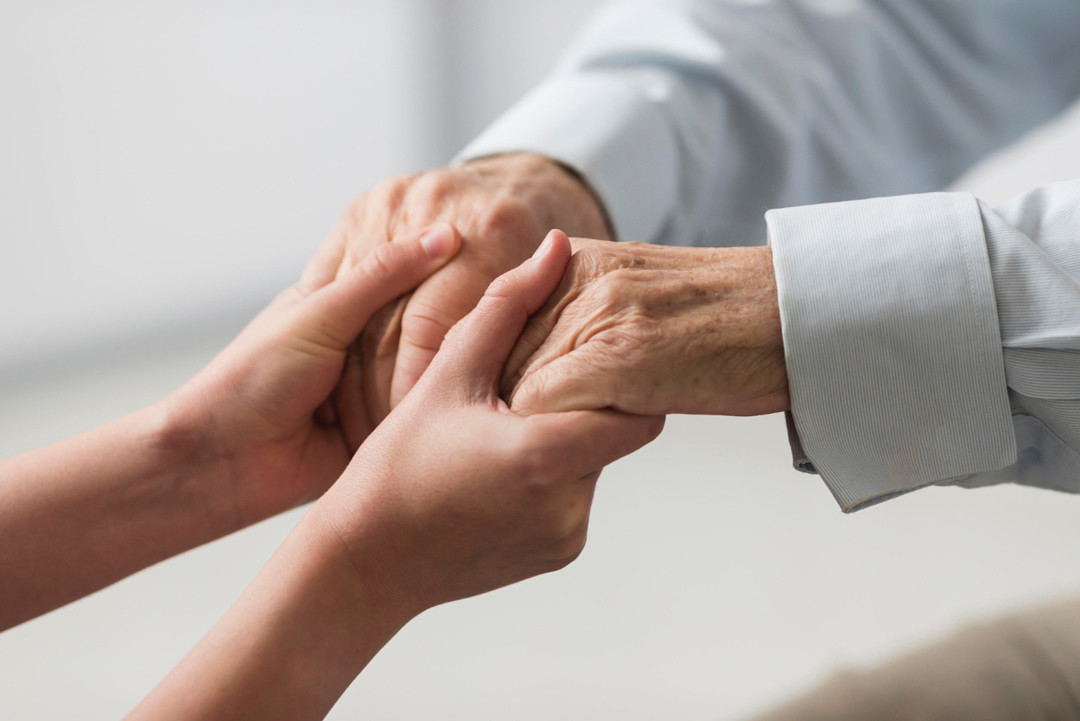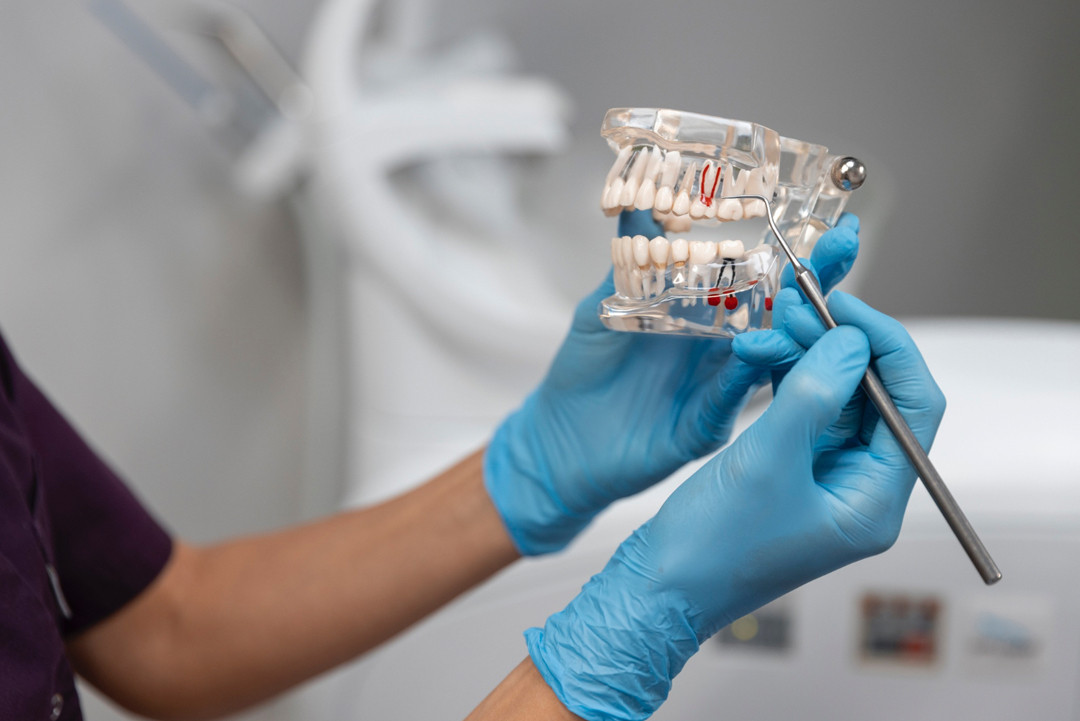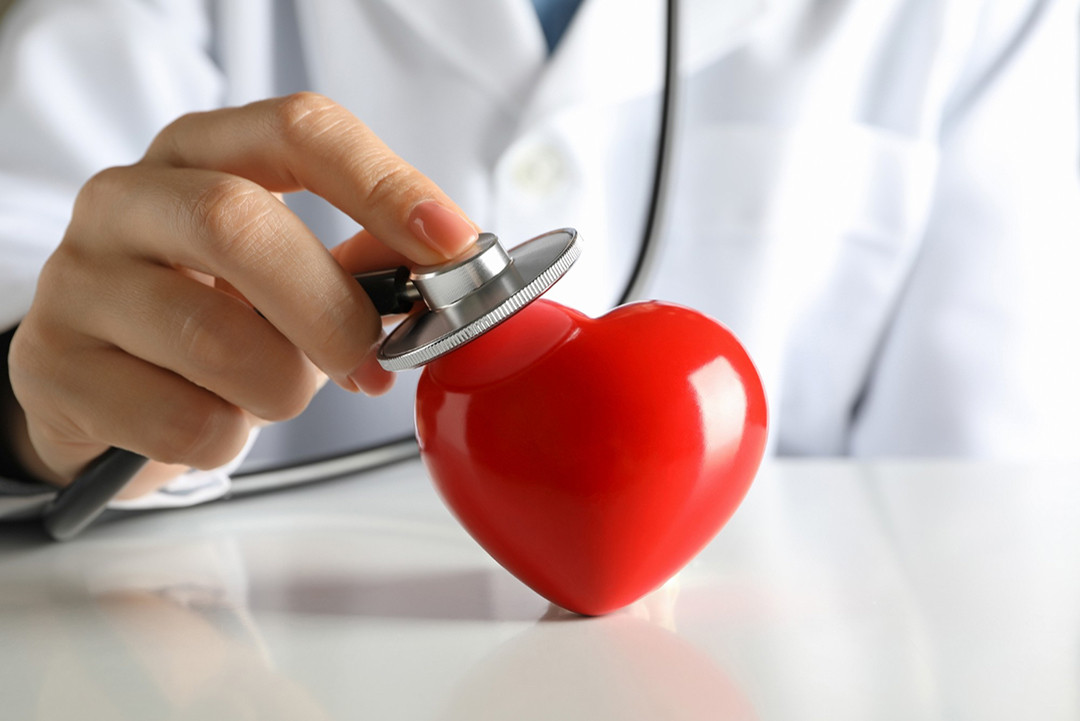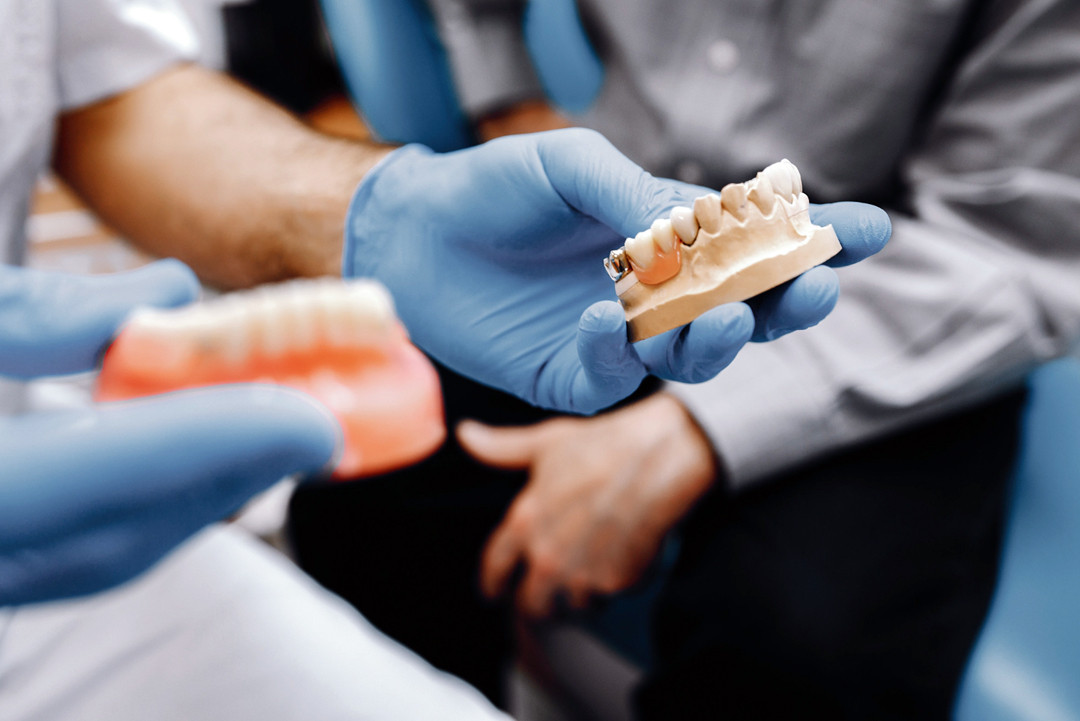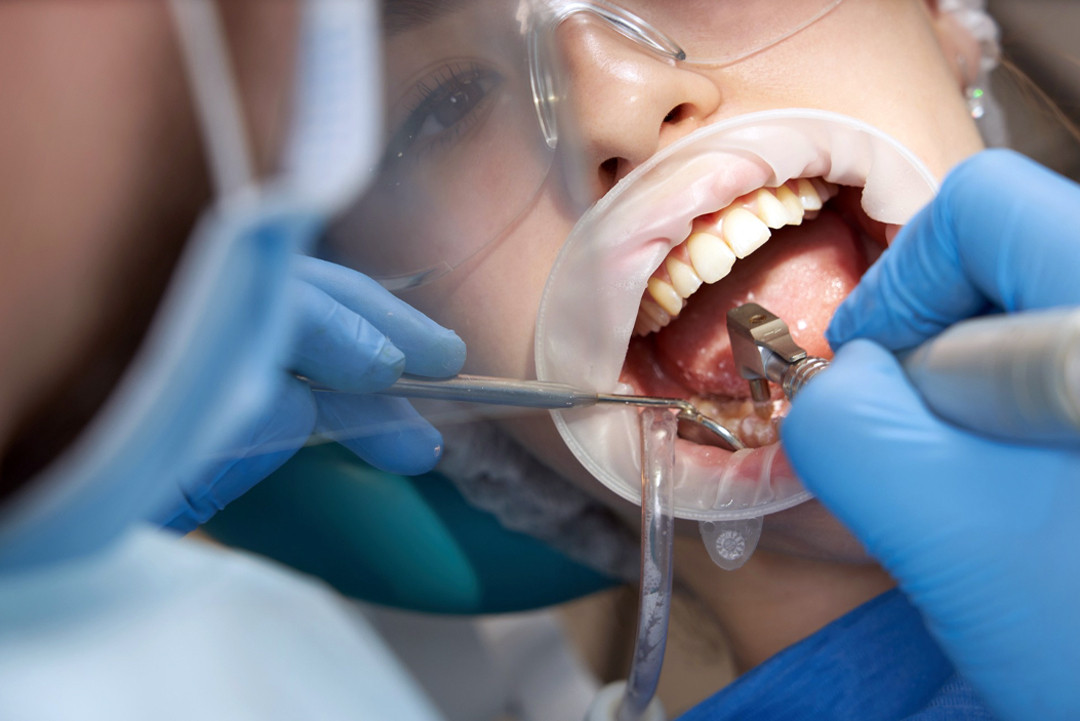What Are Orthopedics and Traumatology?
Orthopedics
Orthopedics focuses on diagnosing and treating disorders affecting bones, joints, ligaments, tendons, and muscles. Common issues include:
- Osteoarthritis
- Spinal conditions
- Sports injuries
- Congenital disorders
Traumatology
Traumatology specializes in managing injuries caused by trauma, such as:
- Fractures
- Dislocations
- Tendon and ligament injuries
While orthopedics addresses a broader spectrum of musculoskeletal conditions, traumatology zeroes in on injuries caused by trauma.
Diagnostic Methods in Orthopedics and Traumatology
Specialists use various techniques to evaluate musculoskeletal conditions:
- Physical Examination: Assessing range of motion, posture, and swelling.
- X-rays: Detecting bone fractures and joint issues.
- MRI (Magnetic Resonance Imaging): Producing detailed images of bones and soft tissues.
- CT Scans: Providing cross-sectional views of injuries.
- Ultrasound: Visualizing soft tissue injuries.
- Arthroscopy: Using a small camera to inspect joint interiors.
- Bone Scans: Detecting abnormalities in bones using radioactive tracers.
- Laboratory Tests: Ruling out infections or underlying conditions.
Diseases Treated in Orthopedics and Traumatology
- Arthritis: Joint inflammation causing pain and stiffness.
- Fractures: Broken bones from trauma or disease.
- Osteoporosis: Weak, fragile bones prone to fractures.
- Tendinitis: Tendon inflammation causing pain and weakness.
- Ligament Injuries: Sprains or tears in ligaments.
- Spinal Disorders: Herniated discs, scoliosis, and spinal stenosis.
- Sports Injuries: Sprains, strains, and ligament tears.
- Congenital Disorders: Clubfoot, hip dysplasia, etc.
- Traumatic Injuries: Fractures, dislocations, and soft tissue injuries.
- Amputations: Surgical removal of damaged or non-functional limbs.
Treatment Methods in Orthopedics and Traumatology
Non-Surgical Treatments
- Medications: Pain relievers, anti-inflammatory drugs, etc.
- Physical Therapy: Exercises to restore strength and flexibility.
- Assistive Devices: Braces, splints, and crutches.
- Injections: Steroid or lubricating injections to reduce inflammation.
Surgical Treatments
- Joint Replacement: Hip, knee, or shoulder replacement with prosthetic joints.
- Arthroscopic Surgery: Minimally invasive procedures to repair joints.
- Spine Surgery: Addressing herniated discs or degenerative diseases.
- Fracture Repairs: Fixing broken bones using plates or screws.
- Soft Tissue Repairs: Restoring torn tendons or ligaments.
- Amputation and Prosthetics: Removing damaged limbs and fitting prosthetics.
Orthopedic Surgeries
- Joint Replacement: Artificial joints for damaged hips, knees, or shoulders.
- Spine Surgery: For herniated discs, spinal stenosis, or injuries.
- Arthroscopy: Using a tiny camera for minimally invasive repairs.
- Fracture Repairs: Fixing and stabilizing broken bones.
- Tendon Repairs: Restoring function in torn tendons like the Achilles or rotator cuff.
When Should You Consult an Orthopedic or Traumatology Specialist?
Seek medical attention for:
- Persistent joint or muscle pain.
- Difficulty moving a joint or limb.
- Pain or swelling after a sports injury.
- Numbness, tingling, or weakness.
- Sudden or severe back pain.
- Deformities or visible fractures.
Post-Treatment and Rehabilitation
- Physical Therapy: Regaining strength and mobility.
- Lifestyle Adjustments: Managing chronic conditions like arthritis.
- Follow-Up Care: Regular check-ups to monitor recovery.
Orthopedics and traumatology aim to restore mobility, reduce pain, and improve quality of life through tailored treatments and expert care.

